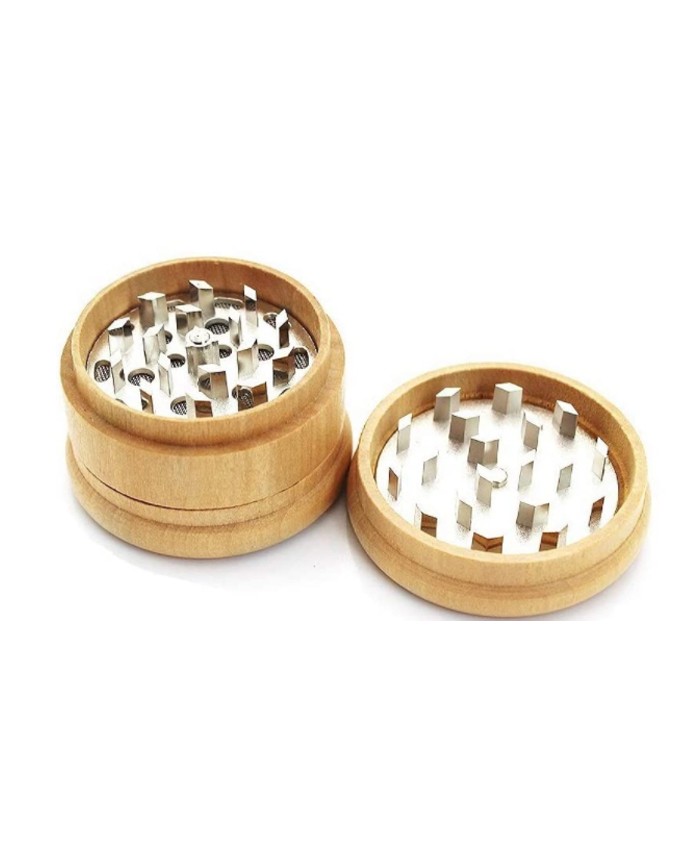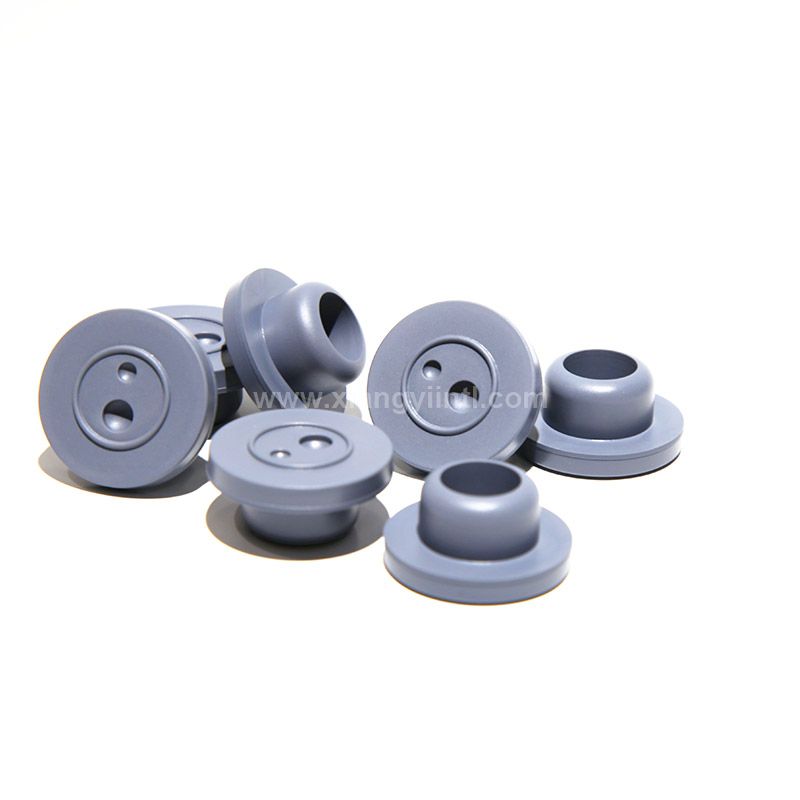In the realm of garment printing and crafting, confusion often arises between sublimation paper and heat transfer paper. While both are vital tools in the process of transferring designs onto various surfaces, they serve distinct purposes and possess unique characteristics. Understanding the disparities between these two types of paper is crucial for achieving optimal results in your printing endeavors.

Sublimation Paper: Unveiling its Essence
Sublimation paper is a specialized medium used primarily in sublimation printing—a technique that involves transferring dye onto materials such as fabrics, ceramics, and metals through a process of sublimation. Sublimation occurs when a solid substance transitions directly into a gas without passing through the liquid phase. In sublimation printing, heat and pressure are applied to sublimation paper, causing the solid dye particles to sublimate and bond with the surface of the substrate.
The key characteristic of sublimation paper is its unique coating, which is formulated to hold the sublimation ink in place during the transfer process. This coating is essential for ensuring that the ink remains vibrant and accurately reproduces the desired design onto the substrate. Sublimation paper is typically engineered to withstand the high temperatures and pressures required for sublimation printing, ensuring consistent and high-quality results.
Heat Transfer Paper: Unraveling its Functionality
Contrary to sublimation paper, heat transfer paper operates on a different principle of image transfer. Heat transfer paper is specifically designed for use with inkjet or laser printers and facilitates the transfer of images onto fabrics through a heat press. Unlike sublimation printing, which relies on the sublimation of dye particles, heat transfer paper utilizes a heat-sensitive adhesive coating that melts when exposed to heat, thereby adhering the printed design to the fabric.
The distinguishing feature of heat transfer paper lies in its versatility and compatibility with a wide range of fabrics, including cotton, polyester, and blends. This flexibility makes heat transfer paper an ideal choice for creating custom apparel, promotional items, and personalized gifts with intricate designs and vibrant colors.
Explore more:Are biodegradable plastic bags eco-friendly?What Sausage Casings Are Made of?
Distinguishing Between the Two
While both sublimation paper and heat transfer paper are used in the process of transferring designs onto various substrates, they differ significantly in terms of their underlying mechanisms, applications, and compatibility with different materials. Understanding these differences is essential for selecting the appropriate medium for your specific printing needs.
Sublimation paper is best suited for sublimation transfer paper applications, where vibrant, long-lasting colors and intricate designs are desired. It is compatible with materials such as polyester fabrics, ceramics, and metals, making it ideal for creating personalized apparel, accessories, and promotional items.
On the other hand, heat transfer paper is preferred for transferring designs onto fabrics using a heat press. Its adhesive coating enables it to bond effectively with a wide range of fabrics, including cotton, polyester, and blends, allowing for the creation of custom garments, accessories, and decorative items.
Conclusion: Making an Informed Choice
In conclusion, while sublimation paper and heat transfer paper serve similar purposes in facilitating the transfer of designs onto various substrates, they are distinct in their composition, functionality, and application. By understanding the differences between these two types of paper, you can make informed decisions regarding which medium best suits your printing needs and achieve optimal results in your crafting and garment printing endeavors.
Explore more:The Benefits of Printed Shrink FilmThe Difference Between Natural Casing and Artificial Casing What is anti-static film?What Is A Dropper Bottle Called?Choosing the Perfect Perfume Bottle: Your Scent's Stylish Companion?








Comments
Please Join Us to post.
0